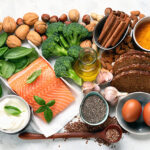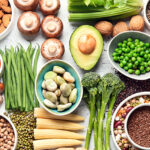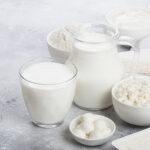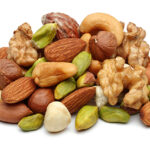Your Questions Answered
We are often asked about reduced fat foods. Here, dietitian and nutritionist Catherine Saxelby explains when to opt for ‘light’ and when to be wary of the low fat claims on the packet.
![[CATH]](https://glycemicindex.com/blog/2008/may2008/catherine150.jpg)
I’m trying to lose a little weight, so should I be buying light foods?
Low fat or ‘light’ food products are very popular for weight loss and weight management. But not all ‘lite’ foods are the same. You really need to read the labels. They all have 25–30% less fat. But they’re not much help for weight loss UNLESS they also have fewer calories. Here’s a quick guide to help you be a savvy shopper:
- Good choice – Low fat or light versions of milk, cream, sour cream, coconut milk, evaporated milk, Cheddar cheese, beer and margarine. For instance, swap full-fat milk for reduced fat milk and you save 6 grams of fat for each glass you drink.
- Be wary – Light versions of chocolate, ice cream, muffins, biscuits and potato crisps have extra sugar and starches (as well as thickeners or gums) to improve the lighter product’s texture and mouth feel. For example, when I compared a light cream-filled biscuit with the regular one, I was surprised to discover it only saves you 2 calories despite the fact it’s got 35% per cent less fat than the regular one!
- Forget it – Light olive oil, light gravy and lightly-salted crisps are lighter in colour, salt or texture – not calories.
So, what’s the bottom line? Apart from the real benefits of reduced fat dairy foods, a small portion of the ‘real thing’ as an occasional treat is a smarter choice than a big serving of the light alternative.
Loved the piece on chocolate and fund raising last month. Any suggestions for healthy school lunches that won’t boomerang?
Here’s a great suggestion from one of our Canadian colleagues that may help you come up with lunches that don’t come home untouched. ‘With three school-age kids to make lunches for, the combinations of who likes what, and who can take what for lunch (although all three of my kids adore strawberries, my son has a classmate who is deathly allergic to them, so J can’t take them for lunch) is too much for my brain to keep straight (especially before my morning coffee has kicked in). So I devised a spreadsheet, stuck on the fridge, of all the various lunch options (sandwiches, other eg: baked beans, fruit, veggies, grated cheese, ‘treats’, etc.). This really streamlines things, where I can look over at the list and get an idea of what to pack! And yes, I have found that when the kids are more involved, there is generally higher acceptance of what is packed. The Waste-free Lunches website has a special section that may be helpful: Quick Reference Lunch Foods.
![[SANDWICHES]](https://glycemicindex.com/blog/2008/may2008/lunch250.jpg)







